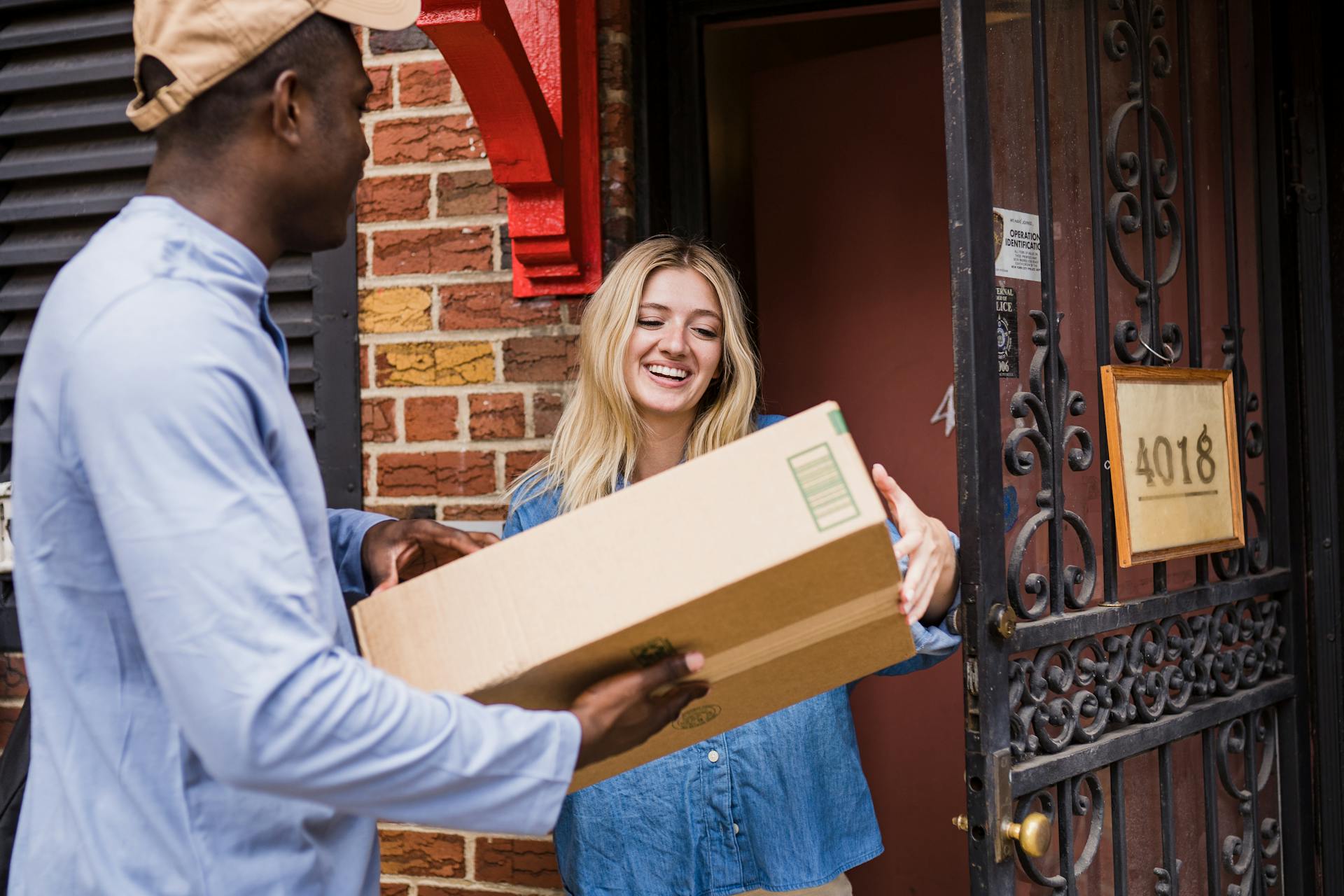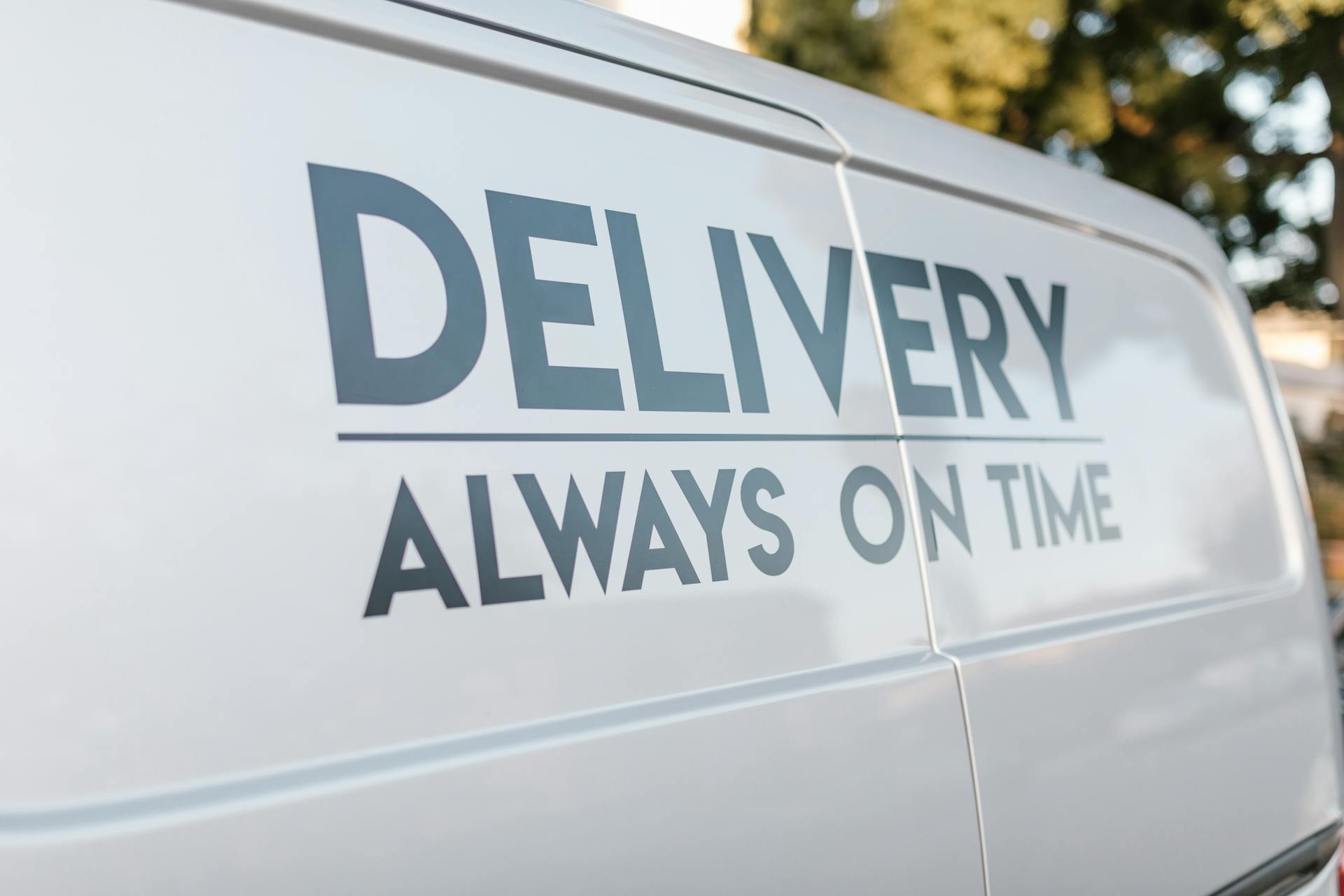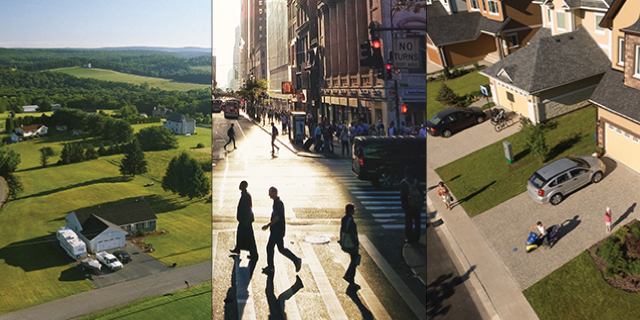Eco-Friendly Packaging Solutions
Reducing waste through smarter materials sap wfs, worldwidef
Packaging is a major contributor to environmental impact in logistics. Traditional plastic-based packaging materials are often not biodegradable and contribute to long-term pollution. Many modern delivery services are switching to recyclable, reusable, or compostable materials, such as corrugated cardboard, plant-based films, or water-activated tape.
Using sap wfs , companies can track packaging inventory, reduce excess material use, and implement eco-friendly alternatives more efficiently. These sustainable materials are not only better for the planet, but they also enhance brand perception and reduce disposal costs for customers. Integration with worldwidef networks ensures such practices can be scaled across different regions with consistency.
Electrifying the Delivery Fleet
Shifting to cleaner transport methods
One of the most effective strategies for lowering carbon emissions in logistics is replacing conventional fuel-based vehicles with electric or hybrid alternatives. Electric delivery vans, bikes, and lightweight vehicles are becoming increasingly viable for last-mile logistics, especially in urban zones.
Sap wfs assists in tracking vehicle performance, charging schedules, and maintenance needs. When paired with worldwidef ’s global reach, electric fleets can be monitored and supported across wide delivery territories. This transition significantly cuts carbon output while also reducing fuel and maintenance costs over time.
Consolidation for Efficiency
Delivering more with fewer trips
Consolidated delivery strategies group multiple orders for delivery within the same geographic zone, minimizing the number of trips and reducing fuel usage. This approach not only cuts emissions but also improves vehicle load efficiency, saving time and operational costs.
Smart route planning powered by sap wfs helps ensure that deliveries are grouped logically and executed with minimal distance traveled. By syncing systems with worldwidef , logistics providers can extend consolidation across regional and even cross-border deliveries, reducing the global footprint of each shipment.
Localized Warehousing Tactics
Storing closer to the customer
Establishing warehouses closer to end-users—known as micro-fulfillment centers—greatly shortens transportation distances. This strategy reduces the need for long-haul delivery and supports same-day or next-day fulfillment with less environmental cost.
By using sap wfs , logistics managers can identify optimal warehouse locations based on demand data, inventory flow, and delivery performance. Worldwidef infrastructure enhances the ability to manage multiple localized hubs efficiently. Local warehousing also supports the use of smaller, more sustainable delivery vehicles for last-mile fulfillment.
Green Incentives and Compliance
Supporting eco efforts through regulation
Governments and local authorities are increasingly offering incentives for sustainable logistics practices. These can include tax reductions, grants for electric vehicle purchases, or access to low-emission zones. At the same time, regulations may limit emissions and enforce packaging standards, pushing companies to innovate.
Compliance tracking through sap wfs helps logistics providers monitor their environmental impact and stay ahead of policy changes. Partnering with worldwidef ensures compliance not only at the local level but also for international shipments, reducing regulatory risk and promoting sustainable operations across borders.
Recycling and Reverse Logistics
Giving goods and packaging a second life
Reverse logistics refers to the process of returning used items and packaging for reuse or recycling. It supports circular economy models and reduces the amount of waste sent to landfills. More companies are investing in structured systems that handle product returns, refurbishing, and recycling.
Platforms such as sap wfs assist in tracking return flows, processing timelines, and material recovery rates. When linked with worldwidef , companies can coordinate these efforts across international markets, expanding the reach of eco-conscious practices beyond local boundaries.
Measuring Impact and Progress
Tracking environmental performance
Sustainability requires measurable outcomes. Delivery services are now adopting key performance indicators (KPIs) related to carbon emissions, fuel efficiency, and waste reduction. These metrics help guide continuous improvement and demonstrate responsibility to stakeholders.
With sap wfs , businesses can gather real-time data and generate sustainability reports with accuracy. Incorporating worldwidef capabilities ensures reporting remains consistent across global logistics operations, offering transparency and accountability at scale.
Future of Sustainable Logistics
Paving the way for greener systems
As environmental awareness grows, logistics will continue evolving toward sustainability. Innovation in packaging, clean energy, vehicle design, and warehousing will play key roles in reducing environmental impact. Collaborations supported by technologies like sap wfs and logistics networks such as worldwidef will be central to scaling these changes.
The shift toward greener delivery services is no longer optional—it’s a necessary path forward for the long-term health of both businesses and the environment.







Solid analysis on automation in warehouses and its benefits.
A refreshing take on integrating technology with supply chain management.